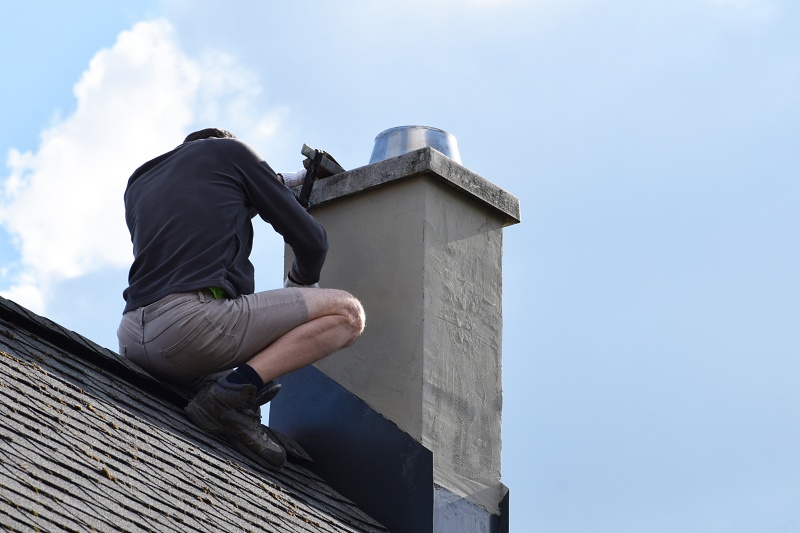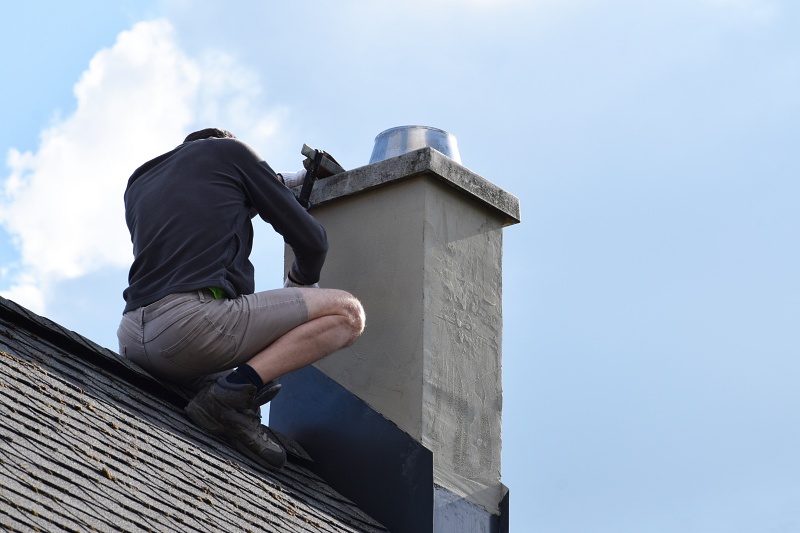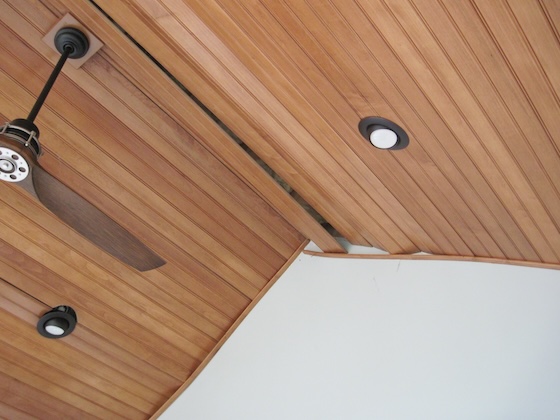
The Importance of Chimney Inspections in the Homebuying Process
Chimney inspections are an often overlooked but crucial part of the homebuying process. Many buyers focus on the aesthetics and functionality of the interior of a home, neglecting the structural aspects such as chimneys. However, a chimney inspection is essential in ensuring the safety and efficiency of the chimney system.
During a chimney inspection, a professional will thoroughly examine the chimney’s components, including the flue, liners, damper, and exterior structure. They will check for any signs of damage or deterioration that could pose a risk to the home and its occupants. By identifying potential issues early on, buyers can avoid costly repairs down the line and ensure they are making a sound investment. It is important to prioritize chimney inspections as part of the homebuying process to ensure the overall safety and functionality of the property.
Understanding Chimney Systems and Their Components
The chimney system is a vital component of any home, responsible for safely venting the byproducts of combustion out of the house. Understanding how the chimney system works and its various components is essential for homeowners.
At the most basic level, the chimney system consists of the chimney itself, the flue, and the fireplace or appliance connected to it. The chimney is the vertical structure that extends from the foundation of the house to its termination point above the roofline. The flue is the passageway inside the chimney where the combustion gases travel. It is typically made of clay tiles, metal liner, or a combination of both. The fireplace or appliance, such as a wood-burning stove or gas fireplace, is connected to the flue and is where the combustion process takes place.
Several other components play crucial roles in ensuring the safe and efficient functioning of the chimney system. These include the chimney cap, which prevents rainwater, debris, and animals from entering the chimney; the chimney crown or chase cover, which protects the top of the chimney from water damage; the chimney liner, which provides insulation and improves draft; and the chimney damper, which controls the amount of air entering or leaving the chimney.
Understanding these different components and their functions will help homeowners in maintaining their chimney system, ensuring its longevity, safety, and optimal performance. It also enables them to communicate effectively with chimney professionals when inspections or repairs are needed.

Signs of Chimney Damage to Look Out for During a Home Inspection
During a home inspection, it is crucial to be alert for signs of chimney damage. These signs can indicate potential issues that may require costly repairs or even pose a safety hazard if left unaddressed. One common red flag to watch out for is cracks in the chimney’s exterior. These can occur due to various factors such as water damage, freeze-thaw cycles, or settlement of the structure. Cracks may start small but can expand over time, leading to further deterioration of the chimney. Additionally, flaking or crumbling mortar between the bricks is another telltale sign of damage. This can weaken the structural integrity of the chimney and increase the risk of it collapsing.
The Dangers of Neglecting Chimney Inspections in Homebuying
Chimney inspections are often overlooked during the homebuying process, but neglecting them can lead to serious dangers for homeowners. Without proper inspections, potential issues with the chimney may go unnoticed, putting the safety of the occupants at risk.
One of the main dangers of neglecting chimney inspections is the possibility of a chimney fire. Over time, creosote, a highly flammable substance, can build up inside the chimney. If not regularly cleaned and inspected, this buildup can ignite and cause a potentially devastating fire. These fires can quickly spread to other parts of the house, resulting in extensive damage and posing a significant threat to the safety of everyone inside.
The Cost of Chimney Repairs and Restoration
Chimney repairs and restoration can vary greatly in cost depending on the extent of the damage and the materials used. Minor repairs, such as fixing cracks or replacing a few damaged bricks, can usually be completed at a relatively low cost. However, more extensive repairs, such as rebuilding a chimney or replacing a damaged liner, can be quite expensive.
The cost of chimney restoration can also depend on factors such as the size and height of the chimney, as well as local labor and material costs. Hiring a professional chimney contractor is recommended for proper assessment and accurate cost estimation. It is important to keep in mind that neglecting chimney repairs can lead to even more extensive and costly damage in the long run. Regular inspections and maintenance can help identify potential issues early on and prevent further damage, saving homeowners from significant repair costs in the future.
The Role of Chimney Inspections in Homebuying was first seen on https://chimneysweeplosangeles.net/





More Stories
The Rise of Bed Bugs: Why Are They Making a Comeback?
Chimney Masonry Repair 101: Restoring Beauty and Functionality
The Battle of Wits: Outsmarting Rodents with Strategic Pest Control